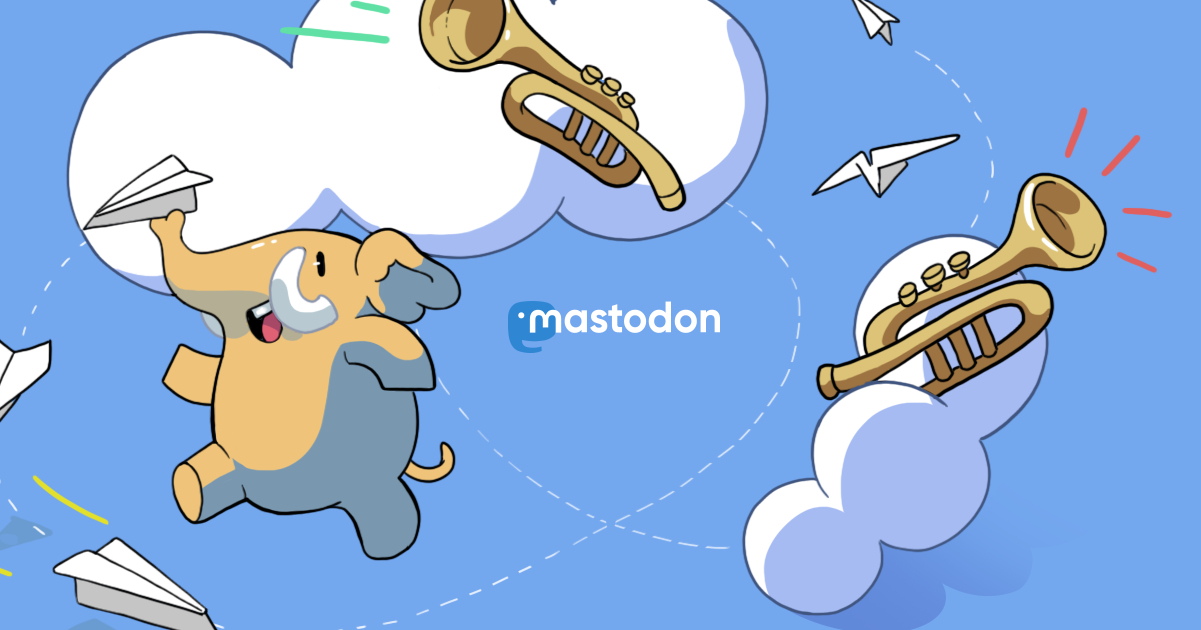Follow
Breaking down roasting data like this makes it easier to verify successful control outside of intended roasting differences. If the graphs of data before and after the intended change line up, it's fair to attribute differences in flavor to the intended difference. If unintended variations can be seen, those might be the source of some differences in flavor. If you attribute flavor differences from unintended roasting differences to the intended change you'll confidently reach wrong conclusions.

This explains a depressingly large amount of accepted (but wrong) ideas in coffee roasting.